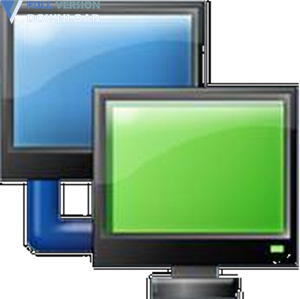

- DAMEWARE MINI REMOTE CONTROL THROUGH FIREWALL HOW TO
- DAMEWARE MINI REMOTE CONTROL THROUGH FIREWALL MAC OS
- DAMEWARE MINI REMOTE CONTROL THROUGH FIREWALL INSTALL
- DAMEWARE MINI REMOTE CONTROL THROUGH FIREWALL TRIAL
DAMEWARE MINI REMOTE CONTROL THROUGH FIREWALL MAC OS
It is widely supportable for Windows, Mac OS X, Linux, and Chromebook operating systems. Technical support is available 24/7 and online.Ĭhrome Remote Desktop is a connectivity program allowing the desktop PC and other operating systems users to access the computer of someone from their computer using the Google Chrome web browser.
DAMEWARE MINI REMOTE CONTROL THROUGH FIREWALL TRIAL
Dameware Mini Remote Control comes with a free trial and a paid version and provides partial support. The platform allows the users to copy files to and from target PCs on their network. It also enables the clients to have great performance on slow network connections by setting their graphics and resolution levels. It also enables users to create MSI packages that contain their specific settings and preferences, which makes it easy to deploy.ĭameware Mini Remote Control’s security feature that keeps the clients’ trust intact by giving them a keyboard disable button if they feel uncomfortable with user’ access to their system. Dameware Mini Remote Control supports multiple connections like Remote desktop support, MRC viewer, etc.
DAMEWARE MINI REMOTE CONTROL THROUGH FIREWALL INSTALL
The software allows the users to install it on the clients’ computer through its remote control feature by just connecting with the host without a PC.

This cloud-based and on-premise software is simple and fast designed to respond and solve issues quickly. This posting is provided "AS IS" with no warranties, and confers no rights.Dameware Mini Remote Control is a platform that provides remote control software for all the users’ customer support and helps desk needs. Software Restriction Policies Tools and Settings
DAMEWARE MINI REMOTE CONTROL THROUGH FIREWALL HOW TO
More information about how to configure software restriction policy, please visit: You can also use a wildcard (*) as part of the path.Īfter the client refreshes, Group Policy disallows the specified application or any application in the specified path. For example, instead of using C:\Program Files, I can use %ProgramFiles%, %ProgramFiles(x86)% (for 64-bit platforms), and %windir%. You can use environment variables as part of You can browse if the path is locally available. Enter the path name or filename, and enter a description. Right-click Additional Rules, and the various types of rules appear (i.e., hash, certificate, Network Zone, and Path). We want to add a disallowed rule, so select Additional Rules.Ħ. Alternatively, you can set Disallowed as the default, then add exceptions to Basic User/Unrestricted that can run. Unrestricted as the default, you can then add entries to Disallowed to block certain applications/source. If you right-click any option but Unrestricted, the option to “Set as default” appears, forcing the policy to that mode (Unrestricted is already the default). Under Security Levels, three levels are displayed: Disallowed is for default blocking of all software, Basic User is for software that can run but will run withoutĪdministrator credentials, and Unrestricted allows all software to run. Two nodes will appear under Software Restriction Policies: Security Levels and Additional Rules. Restrictions, and select New Software Restriction Policies.ģ. Expand the following items: Computer Configuration->Policies->Windows Settings->Security Settings->Software Restriction Policies. Start the GPMC, and open a GPO to edit.Ģ. To do so, please refer to the following steps:ġ. To block the specific application, you can use software restriction group policy.


 0 kommentar(er)
0 kommentar(er)
